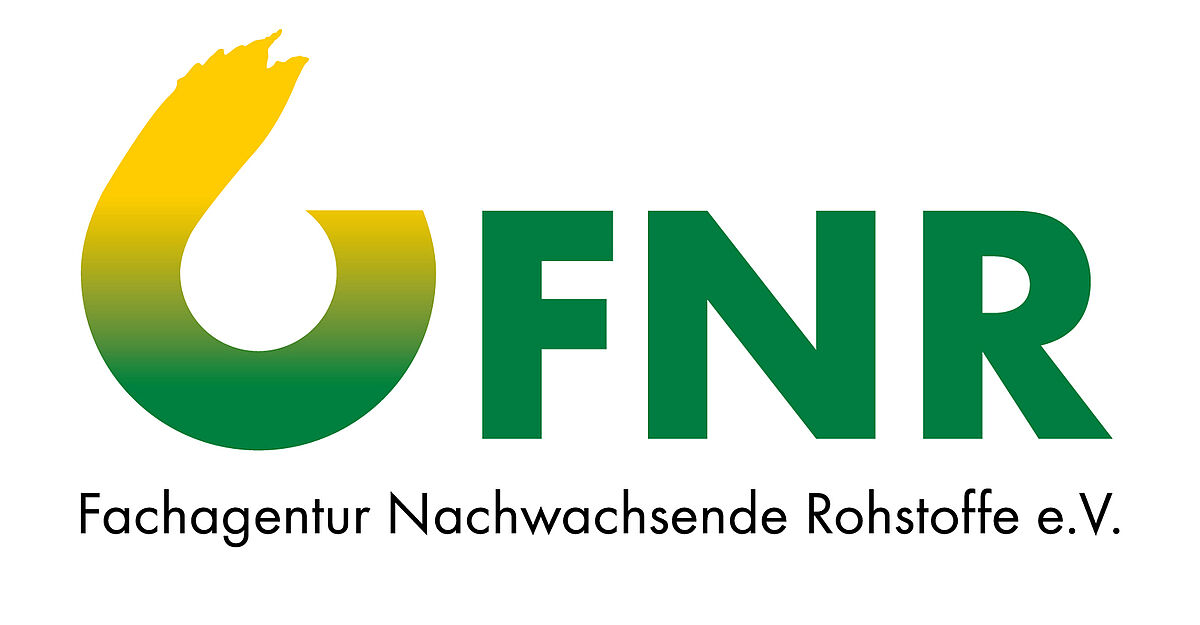HydroForMix
Management of Mixed forests of Pedunculate Oak on Hydromorphic soils

Foresters know well that if the ground is wet and boggy, silviculture is not much fun. Moist locations mean high costs for forestry, for example when the wood has to be retrieved by cable crane. This leads to high harvesting costs, which in turn can only be compensated by the production of valuable wood assortments. The State Forestry of Mecklenburg-Western Pomerania, together with the Universities of Greifswald and Rostock, is developing a guideline on how to establish and manage mixed forests with pedunculate oak on wet sites.
Due to their ecological and hydrological peculiarities, the management of forests on hydromorphic sites is very demanding in terms of silviculture and technology. Species numbers are naturally very high in these forest communities due to small-scale site changes. Soils affected by groundwater or backwater, have a balancing effect on the landscape water balance. In face of climate change, they form an important water reservoir during prolonged summer droughts and store high amounts of carbon. Due to possible soil compaction, they must therefore be managed with particular sensitivity. Thus, hydromorphic sites pose major silvicultural and technical challenges to practitioners. Tree species selection in these areas must be particularly ecophysiologically sound, as trees must be able to cope with fluctuating groundwater levels. For a long time, ash was the most important economic tree species on these sites. Now it has almost completely failed due to the widespread ash shoot dieback. Pedunculate oak would have the potential to bring larger portions of these sites into stocking. However, the goal cannot be to plant this tree species in pure stands, as has often been done with ash. Rather, oak should mixed with other tree species in order to reduce the risk of mortality, use positive mixing effects and to increase ecological diversity.
In HydroForMix information will be collected to manage these sites in an ecologically, hydrologically but also economically beneficial way. For this purpose, we will carry out detailed research in existing pure and mixed stands of oak in Mecklenburg-Vorpommern to highlight their characteristics. Furthermore, a new plantation is established to investigate tree species mixtures that have not yet been realized. Knowledge transfer from our project to the stakeholders constitutes a core element of our project.
In the Greifswald sub-project, in addition to retrospective tree-ring analyses of mixed and pure stands on wet sites, high-resolution forest growth monitoring is also carried out using dendrometers.
Project information
Partners:
- Landesforst Mecklenburg-Vorpommern
- University of Rostock - Soil Physics
- University of Greifswald - Landscape Ecology and Ecosystem Dynamics
Duration:
April 2022 – March 2027
The joint project "HydroForMix" is funded by the Federal Ministry of Food and Agriculture (BMEL) and the Federal Ministry for the Environment, Nature Conservation and Nuclear Safety (BMU) within the framework of the Forest Climate Fund (Waldklimafonds), coordinated by the Agency of Renewable Resources (FNR).



